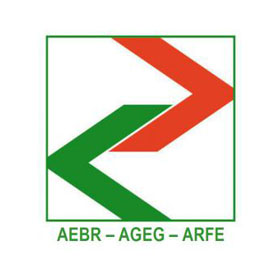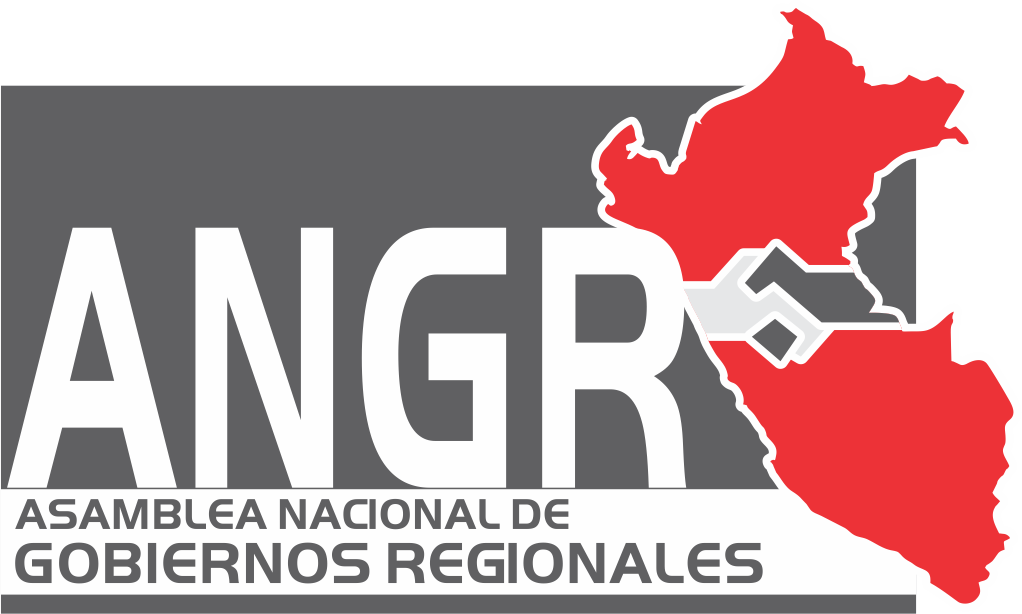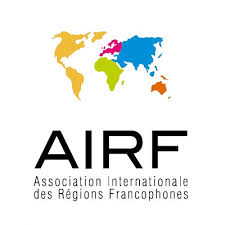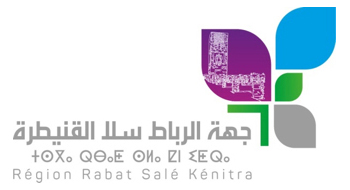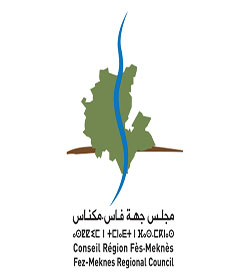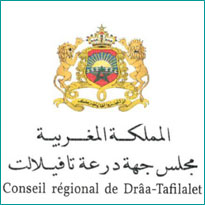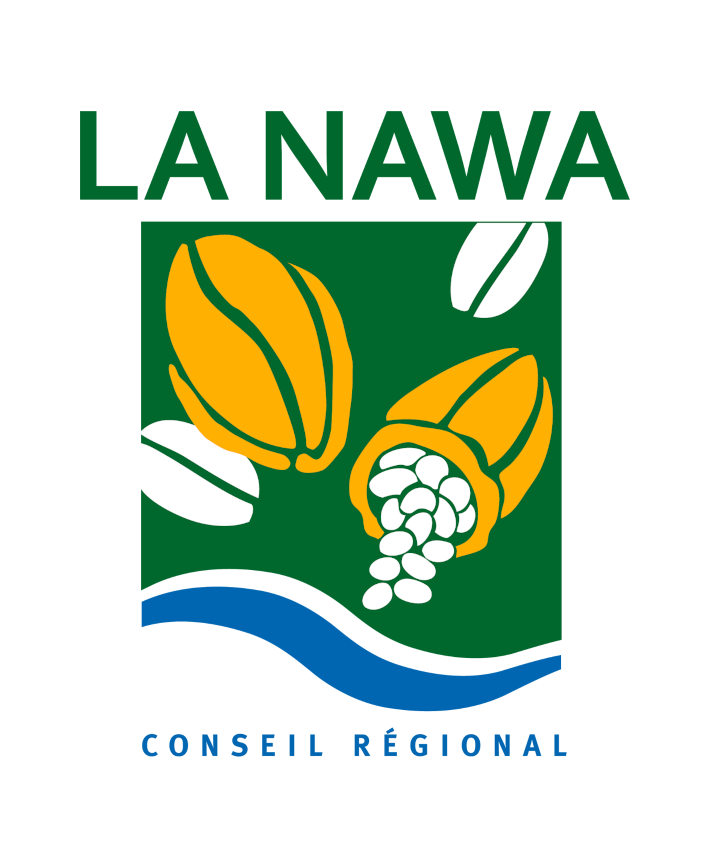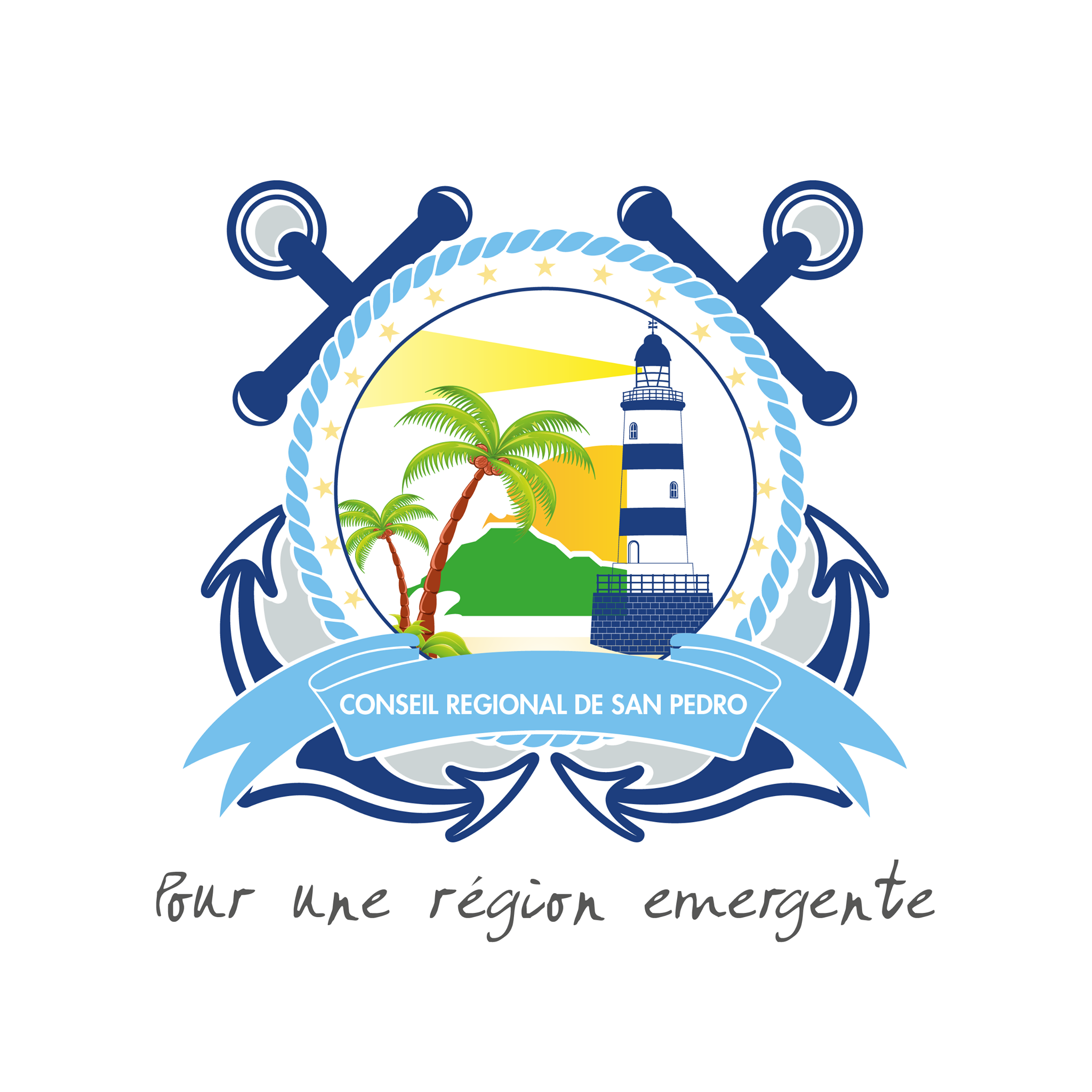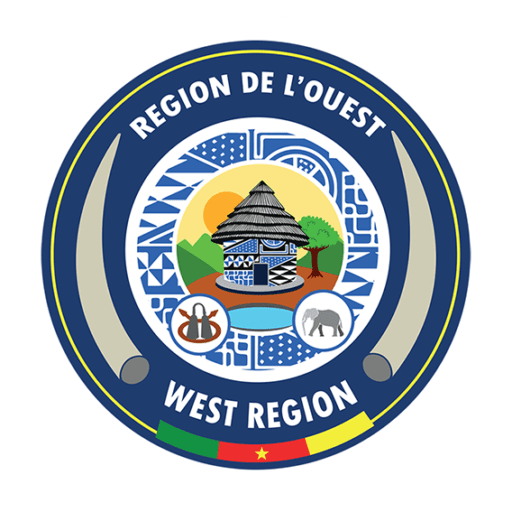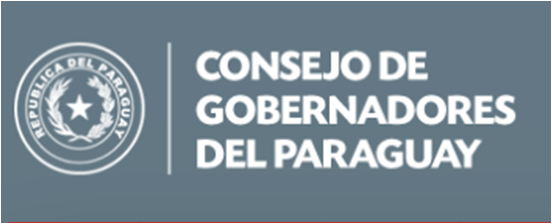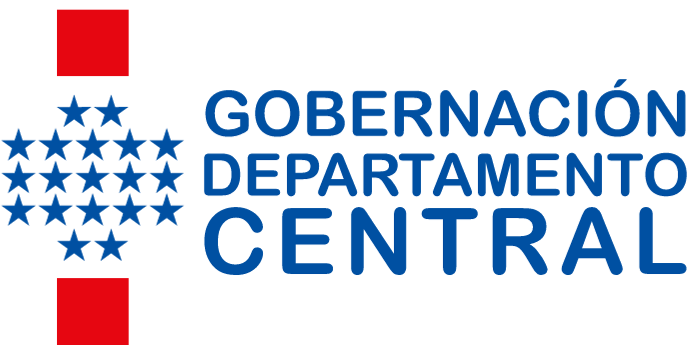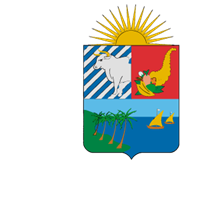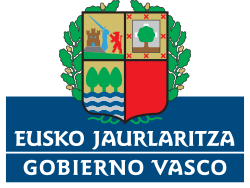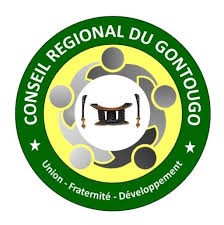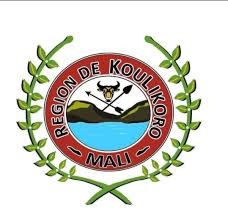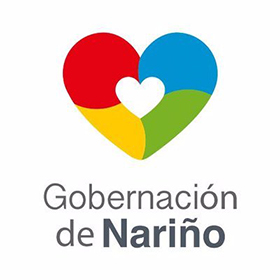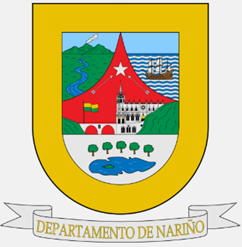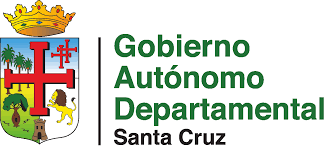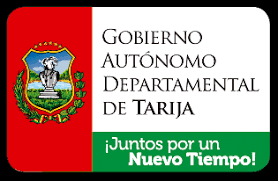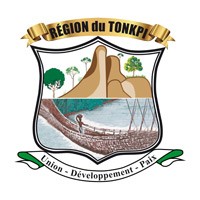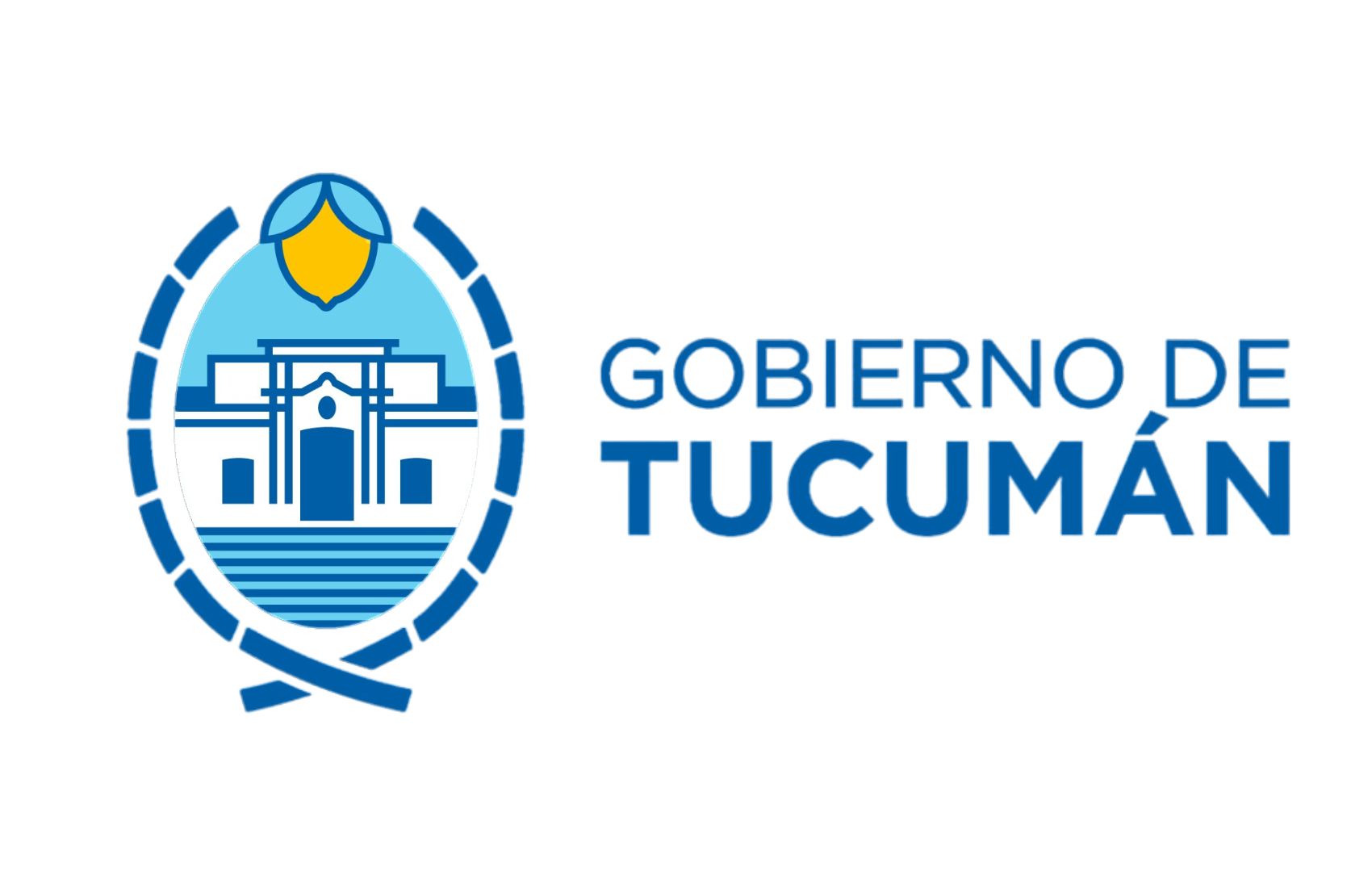Colombian and Ecuadorian regions tackle the SDGs through cross-border cooperation

During the month of September, the Colombian-Ecuadorian border hosted several forums organised by the Association of European Border Regions (AEBR) in collaboration with various public bodies of this Latin American border territory. They discussed how to implement the sustainable development goals (SDGs) in an integrated way and based on an innovative local cross-border approach. These events took place in the Ecuadorian provinces of Carchi and Esmeraldas and in the Colombian Department of Nariño between the 11th and the 19th of September. They were attended by sub-national authorities from all over the border, as well as approximately thirty European, South American and Central American experts.
During these seminars and workshops, different initiatives were designed following the work developed in the region during the last five years. Among the main objectives was the effective strengthening of local capacities for the implementation of the SDGs and the cooperative and participatory promotion of local innovation. The main aim was to achieve sustainable territorial development based on cooperation between actors on both sides of the border.
This initiative commemorated the first five years of collaboration between European border regions, organised around the AEBR, and several sub-national governments of Ecuador and Colombia. In fact, it was not until well into the present decade, with the possible signing of a Peace Agreement in Colombia on the horizon and after a process of gradual strengthening of the paradiplomacy between subnational entities in the area, that the necessary conditions for effective cross-border cooperation began to be generated in this area of integration.
Since then, thanks to the collaboration developed by the AEBR, among other actors, with the firm support of the European Union, the Andean Community, and even some regional cooperation agencies in Europe, such as the Extremadura Agency for International Development Cooperation (AEXCID), trust links have been established and consolidated between sub-national public administrations, and the first cross-border territorial development strategies have been designed on these Andean borders. As a unique element due to its characteristics in Latin America, the consolidation of an institutional structure for cross-border cooperation, known as the Colombo-Ecuadorian Brotherhood, which brings together the provinces of northern Ecuador and the departments of southern Colombia, should be highlighted. The Brotherhood could become an institutional model for cross-border cooperation between public administrations in South America, opening the way to the institutionalisation of numerous processes identified by the AEBR and other European actors during the last decade.
The forums and workshops held in September under different formats in Tulcan, Esmeraldas and Ipiales, addressed how transversality in cooperation can contribute to the achievement of some of the SDGs, such as the reduction of poverty and inequalities, access to resources and education, empowerment of women, employment promotion, resilience and environmental and sustainable management.





